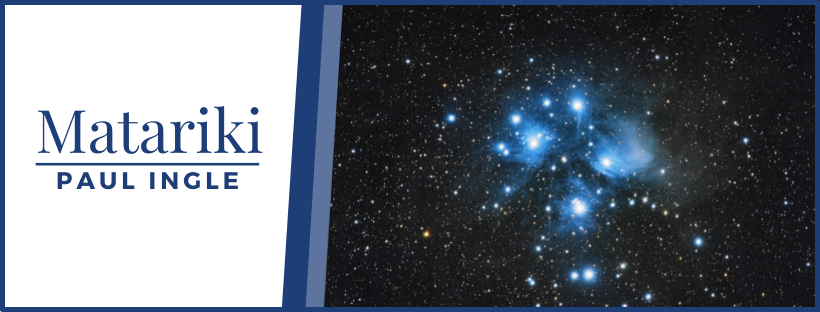Matariki
28 Jul 2021

Just as NAIDOC is the celebration and recognition of culture, history and achievements of Aboriginal and Torres Strait Islander people in Australia; and a great time for Australians of all different ethnic backgrounds to learn more about Aboriginal and Torres Strait Islander culture; Matariki in Aotearoa New Zealand offers a window into te ao Māori, the Māori world.
While it died away following the arrival of Europeans in New Zealand, Matariki, often referred to as the Māori New Year, has had a revival in the 21st century and in 2022 it becomes a new public holiday for the first time.
Falling in June or July it is associated with remembrance, rebirth and regeneration as the seasons move towards warmer months. Traditionally, it was used to determine the coming season’s crop. A warmer season, and a more productive crop, was indicated by how bright the stars were. Clear and bright stars plant in September, hazy wait until October.
The stars I am referring to are The Pleiades, or Seven Sisters, and they have always been important to tohunga (healers & navigators) and astronomers to guide us. They were central of course in Greek legend and remain an important feature in many cultures. In a Māori context, Matariki is the mother and her six daughters who rise after the winter solstice and use their mana – their power – to help the weakened sun return.
In summary, Matariki is an opportunity to reflect on who we are, and where we are, at this moment in time and to prepare for renewal with the stars to guide us.
For many it really is starting to feel like an endurance race and harder still for those living again with restrictions. It is a timely reminder to reach out to those who are finding it tough going, where their night sky has become hazy, and provide warmth and light and encouragement forward.

